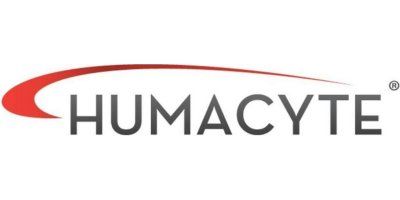

Humacyte, Inc. articles
Objective: Patients with end stage renal failure who require haemodialysis suffer morbidity and mortality due to vascular access. Bioengineered human acellular vessels (HAVs) may provide a haemodialysis access option with fewer complications than other grafts. In a prospective phase II trial from 2012 to 2014 (NCT01744418), HAVs were implanted into 40 haemodialysis patients at three sites in Poland. The trial protocol for this “first in man” use of the HAV contemp
Abstract : Intimal hyperplasia is one of the prominent failure mechanisms for arteriovenous fistulas and arteriovenous access grafts. Human tissue-engineered vascular grafts (TEVGs) were implanted as arteriovenous grafts in a novel baboon model. Ultrasound was used to monitor flow rates and vascular diameters throughout the study. Intimal hyperplasia in the outflow vein of TEVGs was assessed at the anastomosis and at juxta-anastomotic regions via histological analysis, and wa
Background: Arteriovenous fistulae are the currently recommended gold standard vascular access modality for haemodialysis because of their prolonged patency, improved durability, and low risk of infection for those that mature. However, notable disadvantages are observed in terms of protracted maturation time, associated high rates of catheter use, and substantial abandonment rates. The aim of this study was to quantitatively summarize the outcomes of fistula patency, infection, maturation, a
Keywords
Vascular access · Hemodialysis · Healthcare costs · Health economics · Arteriovenous fistula · Arteriovenous graft
Abstract
Introduction: Hemodialysis (HD) in end-stage renal disease (ESRD) patients requires vascular access (VA) through an arteriovenous fistula (AVF), a prosthetic arteriovenous graft (AVG), or a central venous catheter. While AVF or AVG is commonly used for
ABSTRACT
Infection of prosthetic vascular grafts can manifest as pain, pseudoaneurysms, or arterial insufficiency in the leg. We present the case of a female patient with a medical history of a right external iliac artery endofibrosis, with a persistently infected synthetic iliofemoral bypass graft, which we replaced with a bioengineered human acellular vessel. At the 12-month follow-up visit, the clinical and radiologic studies demonstrated adequate human acellular v
